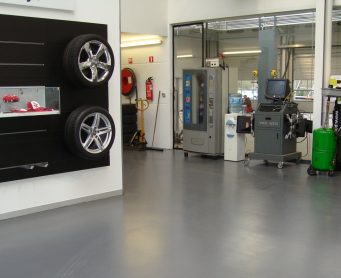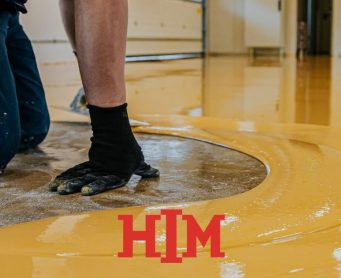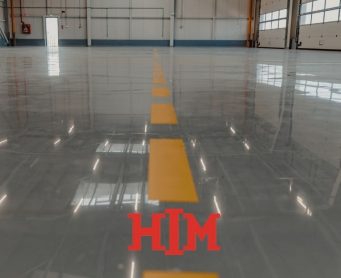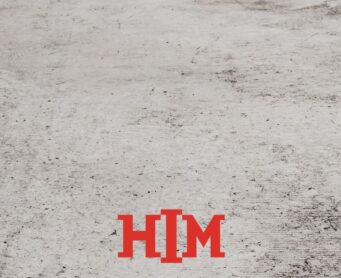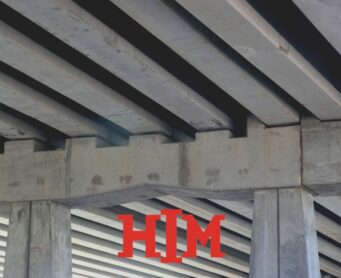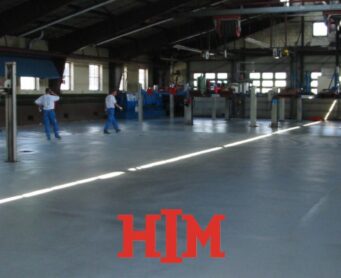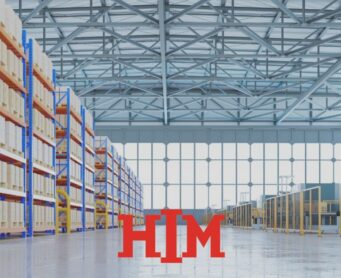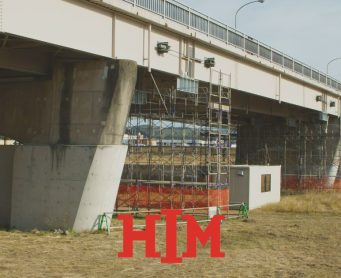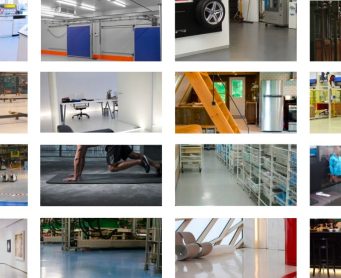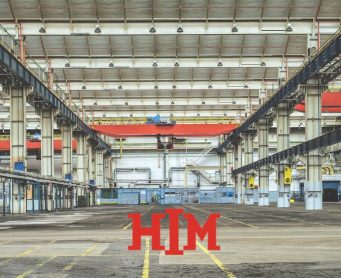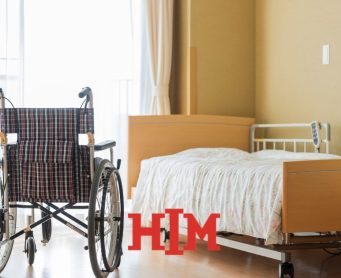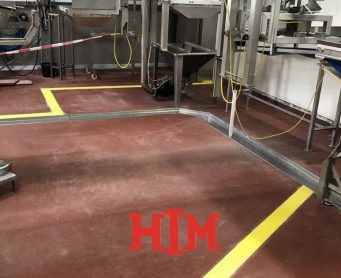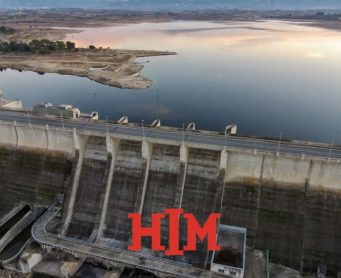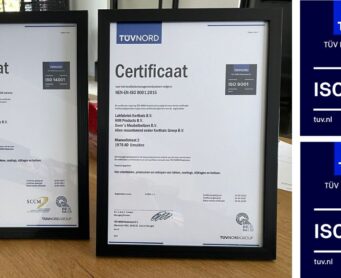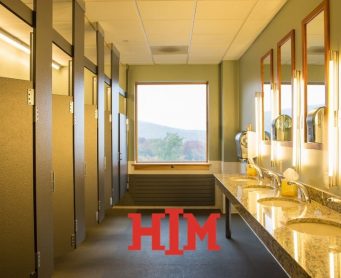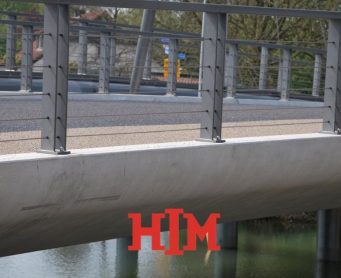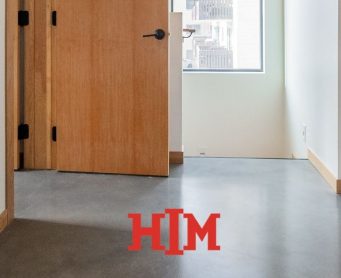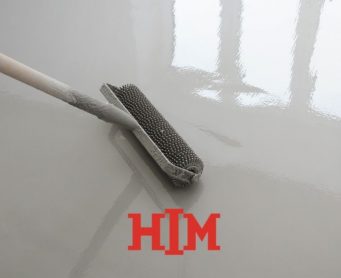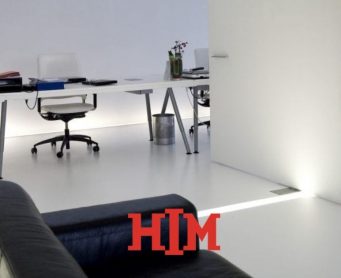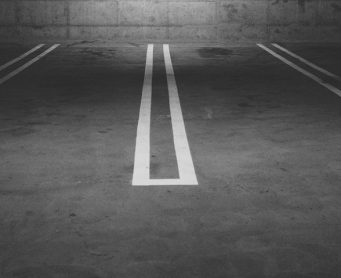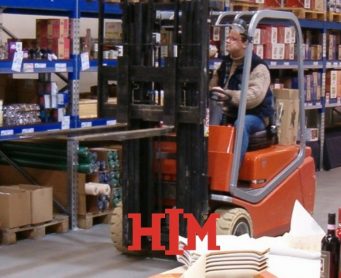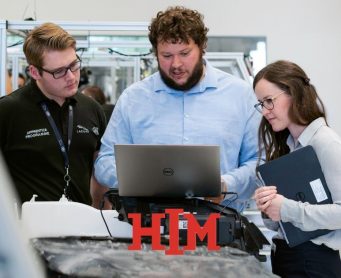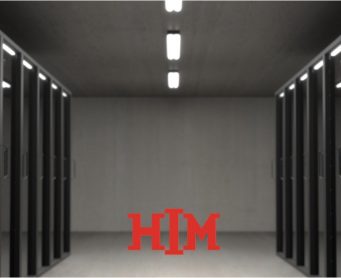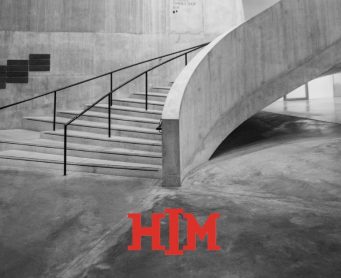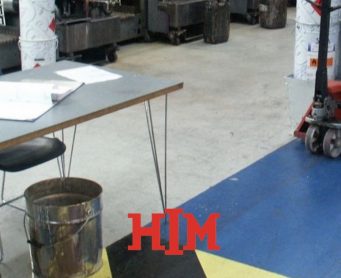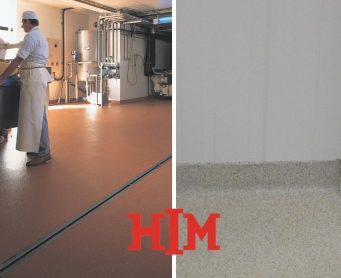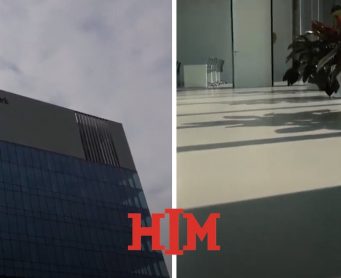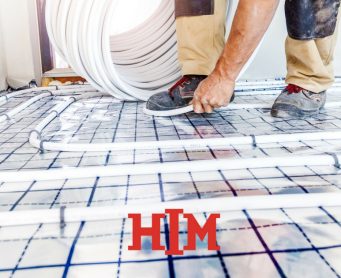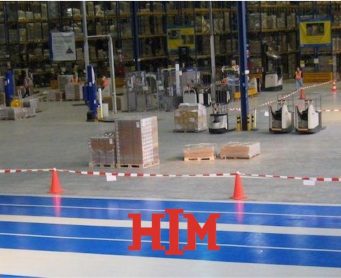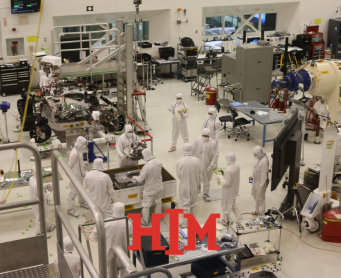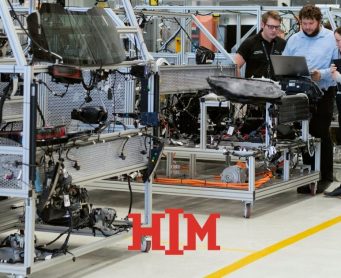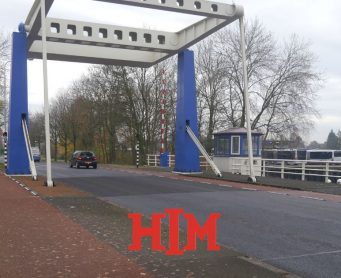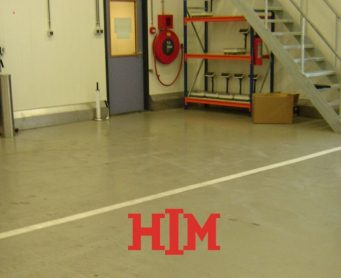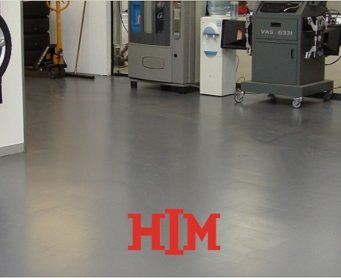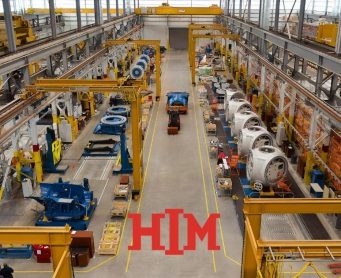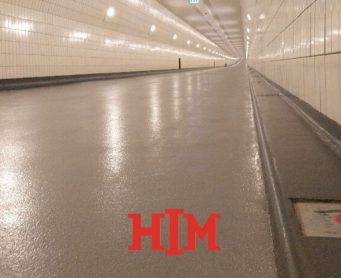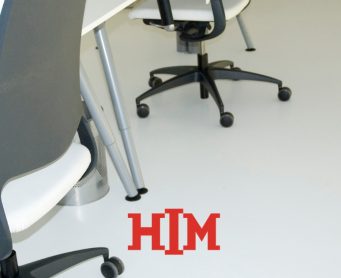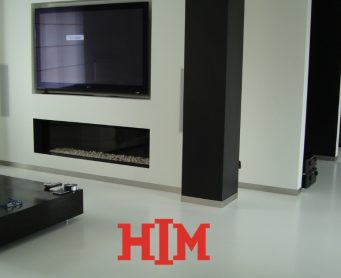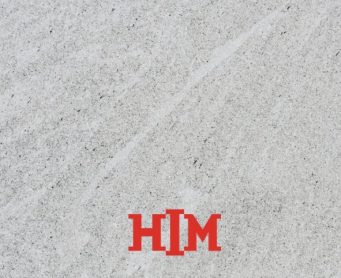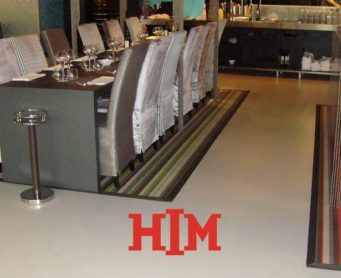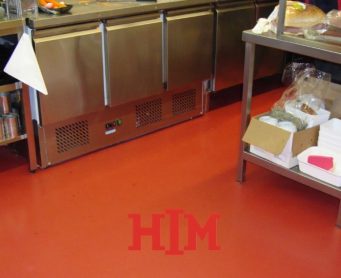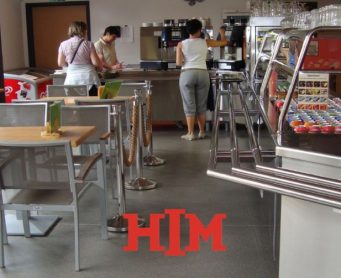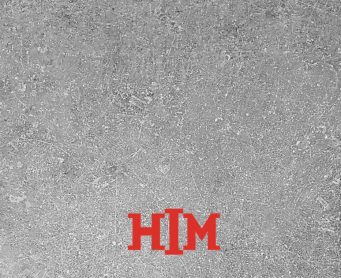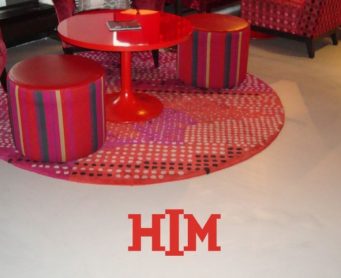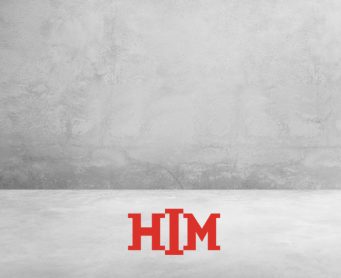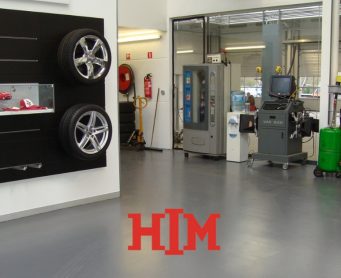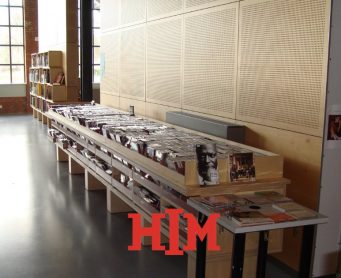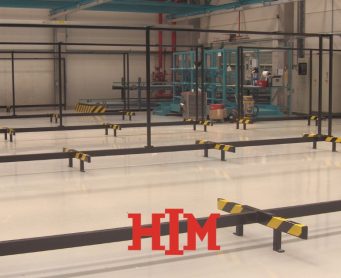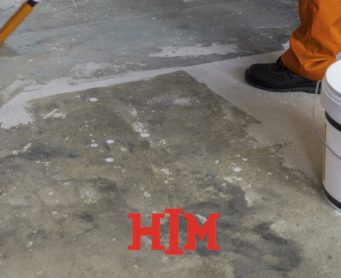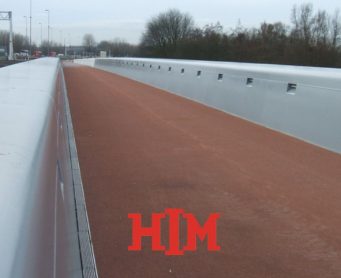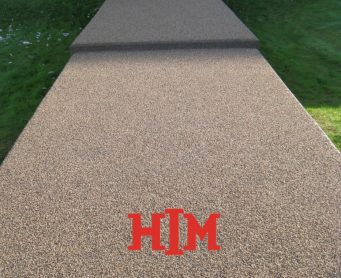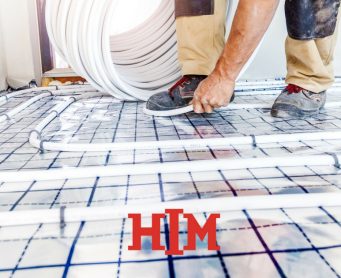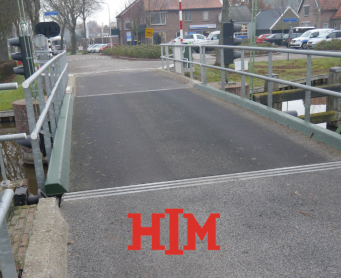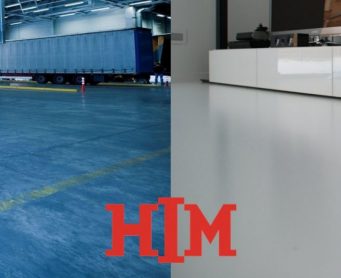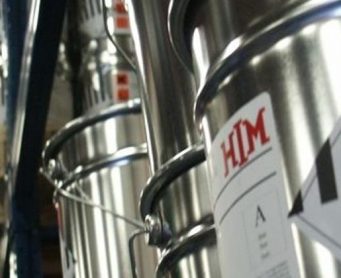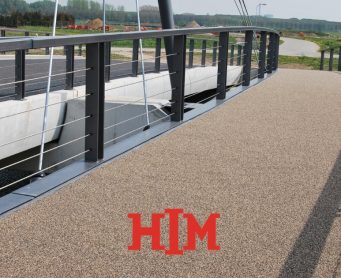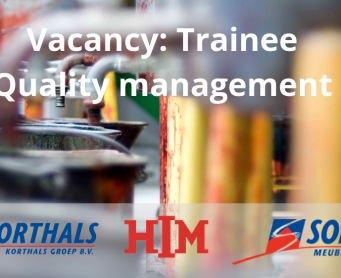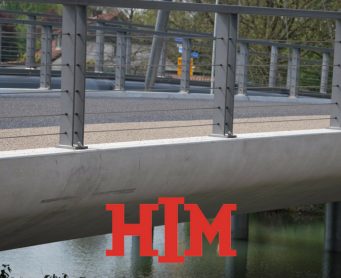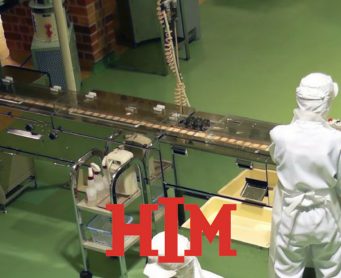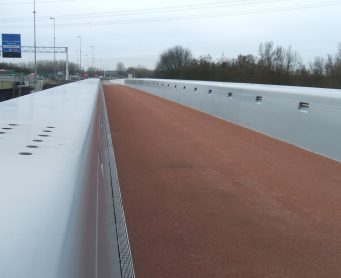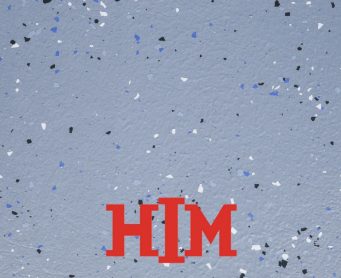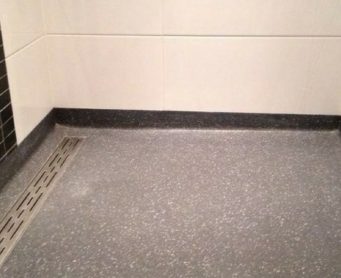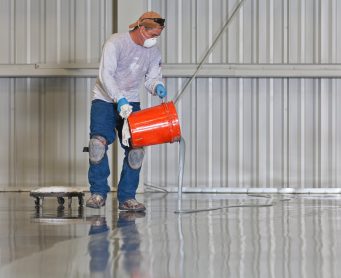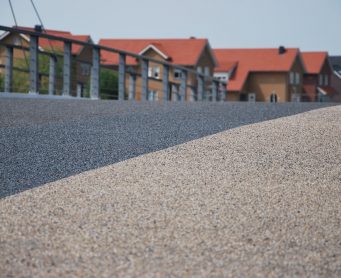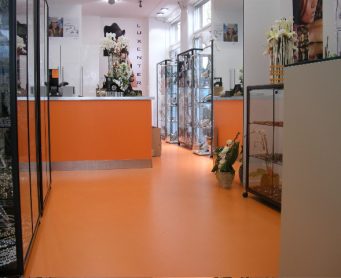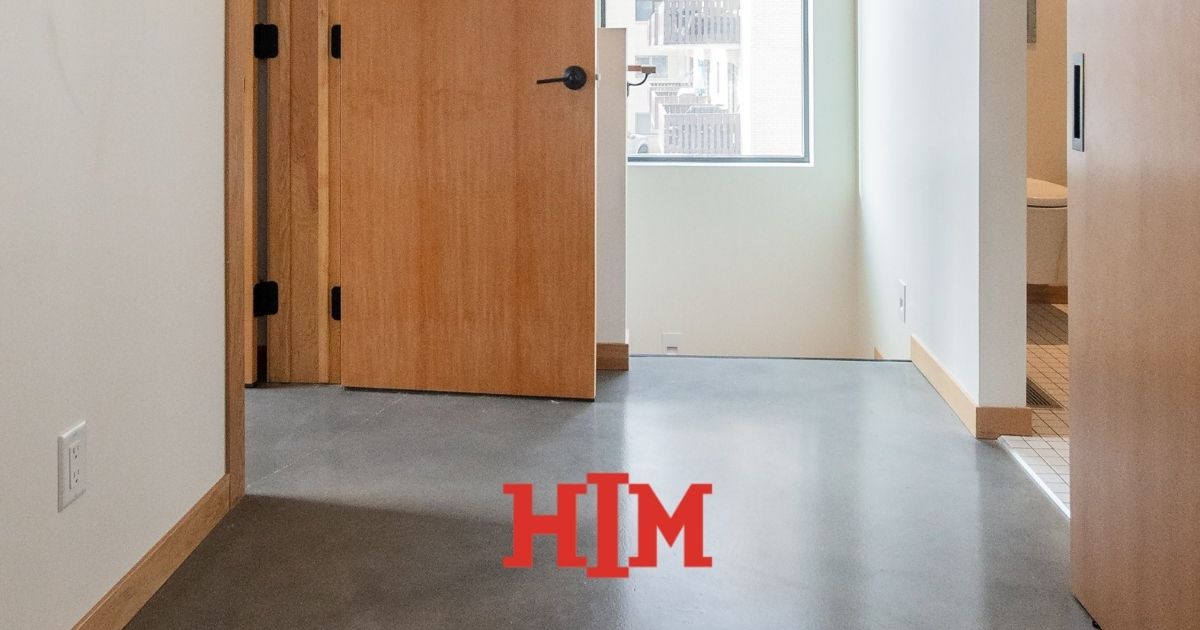
Are you considering leveling your floor and wondering about the costs involved? The expenses for floor leveling can vary widely and are largely dependent on the necessary preparations. The following 6 factors play a crucial role in this regard.
When leveling a floor, there are certain fixed startup and execution tasks that are independent of the project size. These include logistical costs (travel costs) and the application requirements (layer buildup and associated drying times). With a larger floor area, these fixed costs are spread over more square meters, resulting in a more favorable price per square meter.
Subfloors such as linoleum, vinyl, cork, carpet, and laminate do not provide sufficient adhesion for the final finishing floor. These need to be removed before leveling work can begin. This advice also applies in situations where the aforementioned floors are glued down. If you outsource the removal of the existing floor, be prepared for additional labor hours and possible costs for debris disposal.
If the floor to be leveled is rectangular or square, the work is straightforward. However, if the floor has a round shape or an indentation, such as a recess at floor level, the leveling process often requires some additional work, resulting in minor additional costs.
Dents, scratches, air bubble holes, and other imperfections on existing (concrete) substrates can be filled to create a smooth, even bonding layer using products like HIM Coving Mastic (thixotropic paste) or HIM Risin Mortar (self-flowing, low-viscosity mortar for hard-to-reach areas). The thickness of the layer depends on the extent of the imperfections to be bridged and affects the final processing time and material costs.
To ensure optimal adhesion of the final finishing floor, applying a primer (one or two coats) is generally recommended. A primer eliminates the suction of the substrate and fixes any air present in the substrate. The primer suitable for your situation varies depending on the substrate and finishing layer. Download our comprehensive product information sheet for suitable primers for your substrate.
If you want to create a seamless transition to the wall while leveling the floor, you can also use HIM Coving Mastic to create coving skirting. This application naturally requires higher material usage and additional labor hours.
As you can see, the final pricing for leveling a floor depends on various factors. In general, the larger the surface area, the lower the costs per square meter.
HIM offers a range of project-quality products for leveling both residential and commercial floor applications (such as offices, workshops, etc.). Our product specialists are available to advise you on suitable products. For immediate insight into the specifications, download our product information here.
For more information, call +31 (0)251-276300 or send a message via our contact page.
Publicatiedatum: 2024-04-09
Categorie: News
